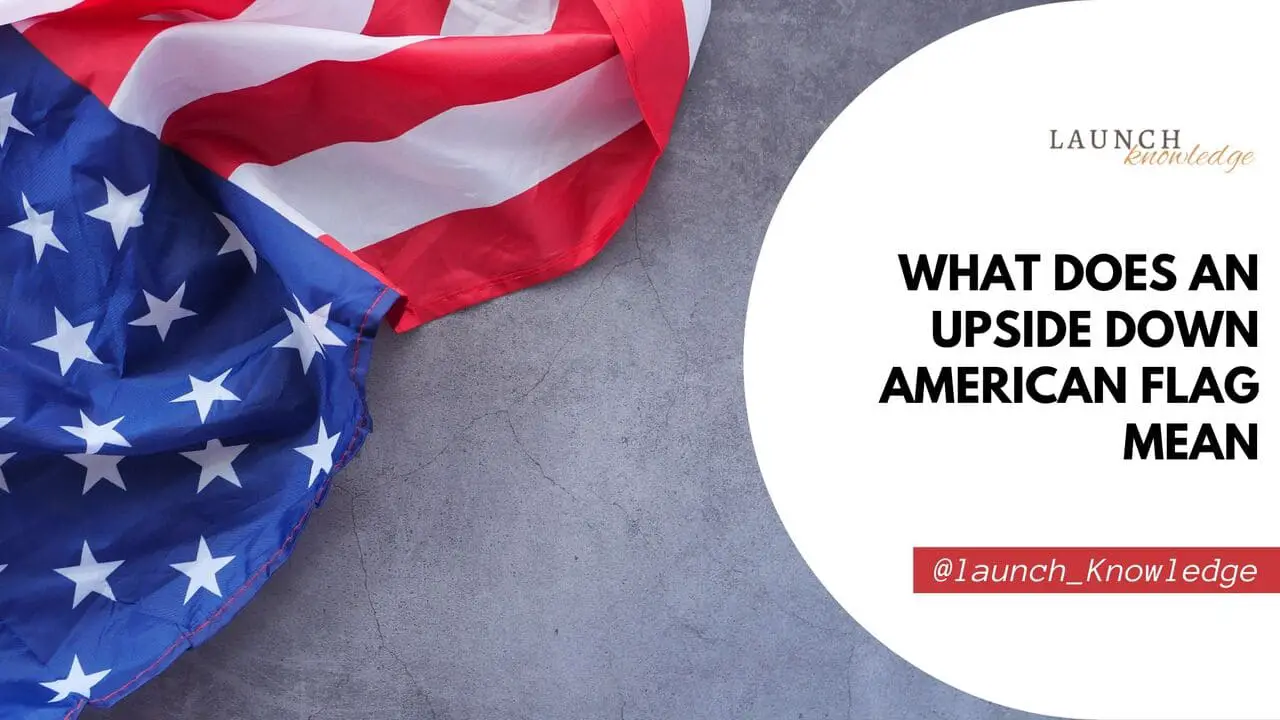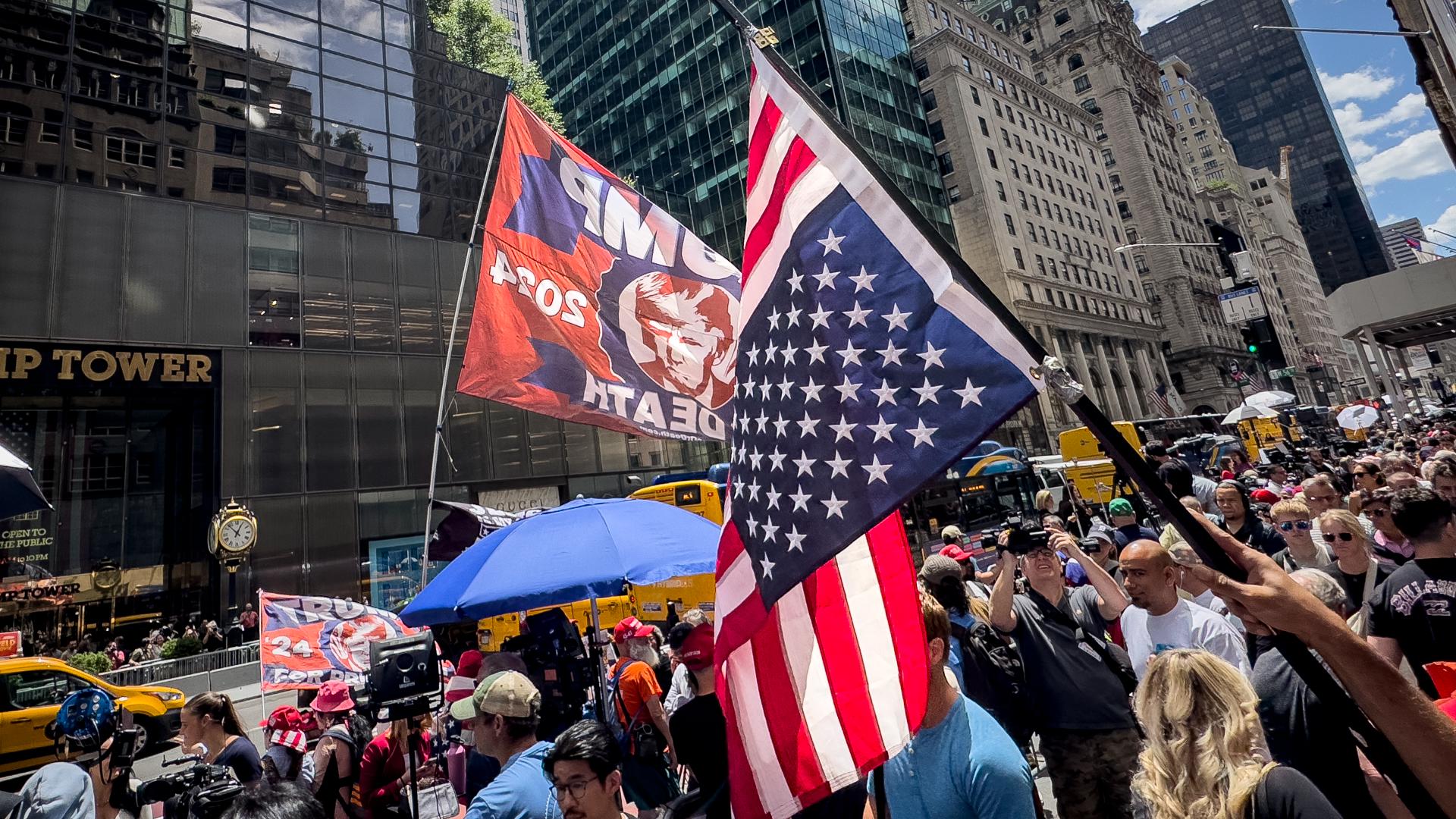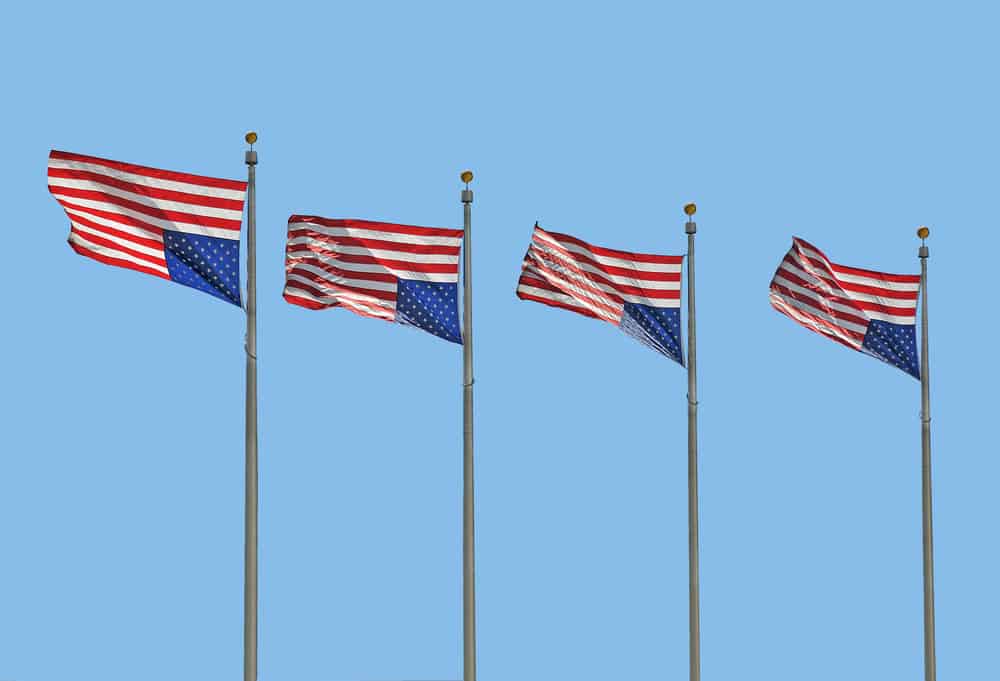Have you ever witnessed the Stars and Stripes hanging inverted, and found yourself pondering its meaning? The upside-down American flag is far more than a mere error; it is a potent visual declaration, resonating with messages of distress, dissent, and the pressing need for change.
The act of inverting the American flag, a symbol steeped in national identity and pride, immediately captures attention. Its a deliberate act, a stark departure from the expected display of patriotism. This deviation from the norm isn't arbitrary. It's a carefully chosen method of communication, steeped in history and loaded with specific meaning, often deployed to convey urgency or to voice profound discontent.
| Topic | Details |
|---|---|
| Origin of the Signal | The practice of flying a flag upside down, in distress or as a signal of protest has been around since the 17th Century. During times of war, a flag hanging upside down would signal distress to ships or those on land. |
| Maritime Roots | Historically, the inverted flag found its origins in maritime traditions. Ships in dire straits, facing imminent peril, would fly their national flag upside down as a universal distress signal. This alerted other vessels and coastal observers to the need for urgent assistance, indicating a threat to life or property. |
| U.S. Flag Code | The United States Flag Code (Title 4, U.S.C., Chapter 1) codifies the proper display and handling of the American flag. It explicitly states that the flag should only be flown upside down "as a signal of dire distress in instances of extreme danger to life or property." |
| Political Protest | Over time, the meaning of the inverted flag has evolved. In modern times, it has become an accepted symbol of political protest. It offers a visual representation of grievance against the current government, political parties, supreme court and other political institutions. |
| Modern Activism | Today, activists often use the inverted flag to draw attention to what they perceive as injustices, government overreach, or threats to civil liberties. It is deployed at protests, rallies, and demonstrations, visually conveying a message of distress or disagreement to observers and the government. |
| Cultural Interpretations | The interpretation of the inverted flag can vary. While it can be perceived as a sign of disrespect by some, others see it as a legitimate expression of discontent. Its effectiveness lies in its ability to disrupt the status quo, provoking discussion and debate about the issues at hand. |
| The Backwards American Flag | The backward American flag is another symbol which is often associated with protests or rebellion, or as a symbol of distress. |
| Legal Implications | While the U.S. Flag Code outlines proper etiquette, its not legally enforced, making it legal to display the flag upside down as a form of protest. |
| Canadian Flag Guidelines | The government of Canada's rules for flying the national flag mirrors the U.S. guidelines, stating that it should never be flown upside down except as a signal of distress in instances of extreme danger to life. |
The United States Code, the official compilation of federal laws, echoes this sentiment. Title 4 of the code, which concerns the flag, stipulates that the flag should never be displayed with the union down, save in the specific circumstance of dire distress, where the safety of life or property is in extreme jeopardy. However, the interpretation and application of this guideline are often subjects of lively discussion.
- Bolly4u Risks Alternatives What You Need To Know Latest
- Patty Gardell The Untold Story Of Billy Gardells Wife Family
Nick Garren, among others, has noted that the practice of flying flags upside down originally served ships in distress, a cry for help in the face of imminent danger. This symbolism has, over time, broadened to encompass expressions of political dissent. The evolution of the inverted flag from a maritime distress signal to a tool of political expression is a testament to its enduring communicative power.
The American flag itself, with its red and white stripes and constellation of stars, is an emblem of a nation, representing its values, history, and aspirations. Rules are in place to handle, display and dispose of the flag with due reverence. The US flag code is not legally binding. It has become, for some, a symbol of defiance and a way to express feelings of despair regarding the direction of the country.
The historical context offers insight into the evolution of this symbol. For generations, the American flag has been a symbol of unity, national pride, and patriotism. Conservatives often align themselves with the flag. However, the inverted flag, too, has a history spanning over 50 years. Its adoption as a symbol of protest allows citizens to voice their discontent, allowing a visual representation of grievances and the need for change.
- Games Like Summertime Saga Top Picks For Fans In 2024 Beyond
- Leslie Kotkin Unveiling The Life Story Of Cornel Wests Exwife
The cultural interpretations of this gesture are varied. Some view it as an act of disrespect, particularly those who revere the flag as a symbol of national unity. Others, however, see it as a necessary expression of dissent, a cry for help, drawing attention to societal issues or political stances. This divergence in perspectives underscores the complex nature of the inverted flag as a form of communication. It challenges viewers to grapple with the issues that have prompted this symbolic inversion. The inverted flag can represent a threat to their life or their property, and is commonly seen as a signal of dire distress.
The practice of displaying an inverted flag extends beyond the borders of the United States. The Canadian government, in its guidelines for the national flag, stipulates that the flag should only be flown upside down as a signal of dire distress, mirroring the intent behind the American flag code.
The impact of the inverted flag is undeniable. It has the power to provoke thought, ignite debate, and serve as a catalyst for change. It's a visual shorthand, a concise statement about the state of affairs, resonating with both those who agree and those who disagree with the message it conveys.
Consider the impact of the image. It's not merely the display of an object; its the deliberate act of inverting it that carries the message. It's about subverting the expected, capturing the attention of the observer, and presenting an alternative narrative.
The symbolism is in the nuance, the subtle yet powerful departure from the norm. For those who fly it, its a means to voice concerns. It offers a way to protest and be heard in a society that is more divided than ever. It is a call for help, for recognition, for change.
The backwards black american flag is an inverted version of the regular american flag, and often associated with protests, rebellion, or as a symbol of distress.
The American Indian Movement (AIM) flag, often displayed at significant gatherings, further illustrates the dynamic role flags play as identifiers and symbols of resistance. The image of this flag at Wounded Knee, South Dakota, is a powerful example of how flags can unify people, create identity, and carry messages of solidarity and hope.
Ultimately, the upside-down American flag, despite its simple act of inversion, is an intricate symbol that embodies a multifaceted history. It bridges the gap between maritime urgency, political dissent, and individual expression, making it one of the most versatile symbols in the world. Its a reminder that symbols are not static; they evolve with society, carrying a significance that can range from a desperate cry for help to a bold declaration of protest, reflecting the ongoing narrative of a nation in a constant state of flux.


